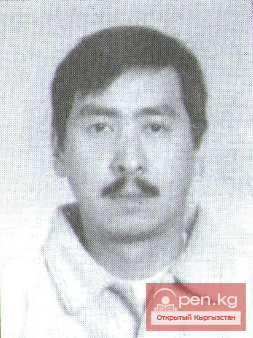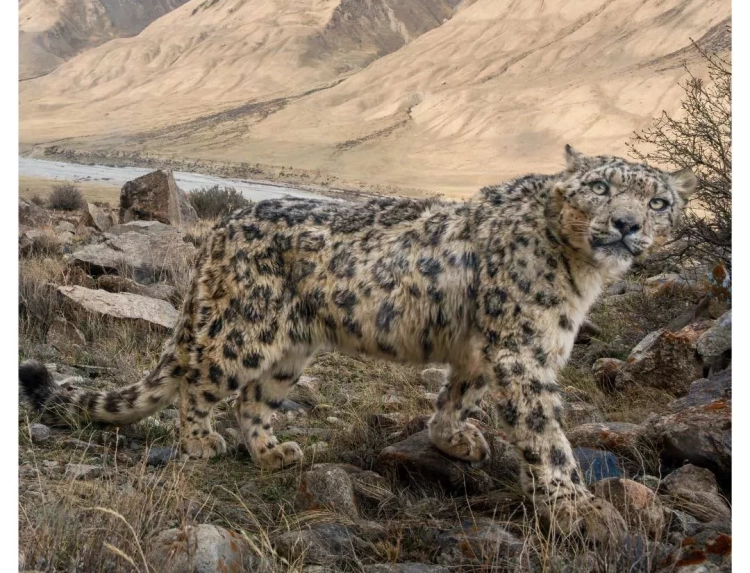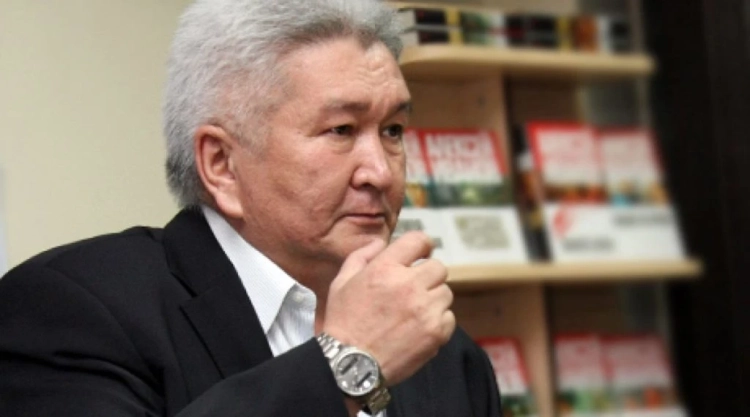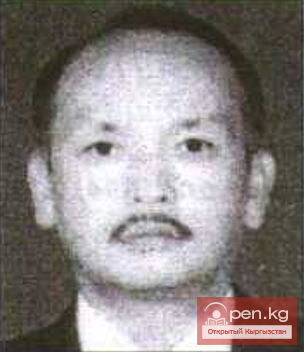Renewal of Research at Burana in the Post-War Period
The continuation of research at Burana falls into the post-war period in the history of the study and preservation of monuments in Kyrgyzstan, lasting until the 1960s. This stage is characterized by a rise in Central Asian archaeology as a whole, the expansion of archaeological work by the Kyrgyz Comprehensive Archaeological and Ethnographic Expedition, as well as systematic study of architectural monuments and preparation for their restoration, reflection and accumulation of scientific data on the history and theory of architecture throughout Central Asia.
In October 1948, a special resolution of the Council of Ministers of the USSR was adopted "On Measures to Improve the Protection of Historical and Cultural Monuments of the USSR" (No. 3898), which elevated the matter of protection, study, and restoration of monuments to a higher level across all republics of the Soviet Union. A corresponding government resolution was adopted in Kyrgyzstan in 1951.
In the first post-war decade, under an agreement between the Departments of Architecture of the Kyrgyz and Uzbek SSRs, detailed project and estimate documentation for the restoration and partial conservation of architectural monuments in Kyrgyzstan was prepared by employees of the Uzbek Special Scientific Restoration Production Workshops. The work was led by B. N. Zasypkin; the group of architects included S. B. Neyumivakin, K. S. Kryukov, V. E. Nusov, and photographer E. N. Yuditsky. The materials from the working group of architects were partially used in subsequent publications by B. N. Zasypkin and V. E. Nusov, but mostly remained archived.
This period saw the release of summarizing works on architecture and monumental art in Central Asia and Kazakhstan. They illuminate the constructive and artistic features of medieval Kyrgyzstan's buildings, including the Burana minaret, in connection with general issues regarding the history of art in Central Asia. Architectural monuments of Northern Kyrgyzstan are attributed by G. A. Pugachekov to the Northern Turkestan architectural school of medieval architecture. The nature of the building materials of some ancient structures in Kyrgyzstan, including Burana, is studied by N. S. Grazhdankina. In a collective work involving her participation, information is provided about the discovery at the Burana settlement ("in the ruins of buildings near the village of Don-Aryk in the Chuy region") of ceramic tiles from the 11th-12th centuries, covered with blue glaze and geometric patterns in white and cherry glaze, with color separation by cutting. According to the authors, they were used for flooring or panel cladding in a grandly decorated building.










































